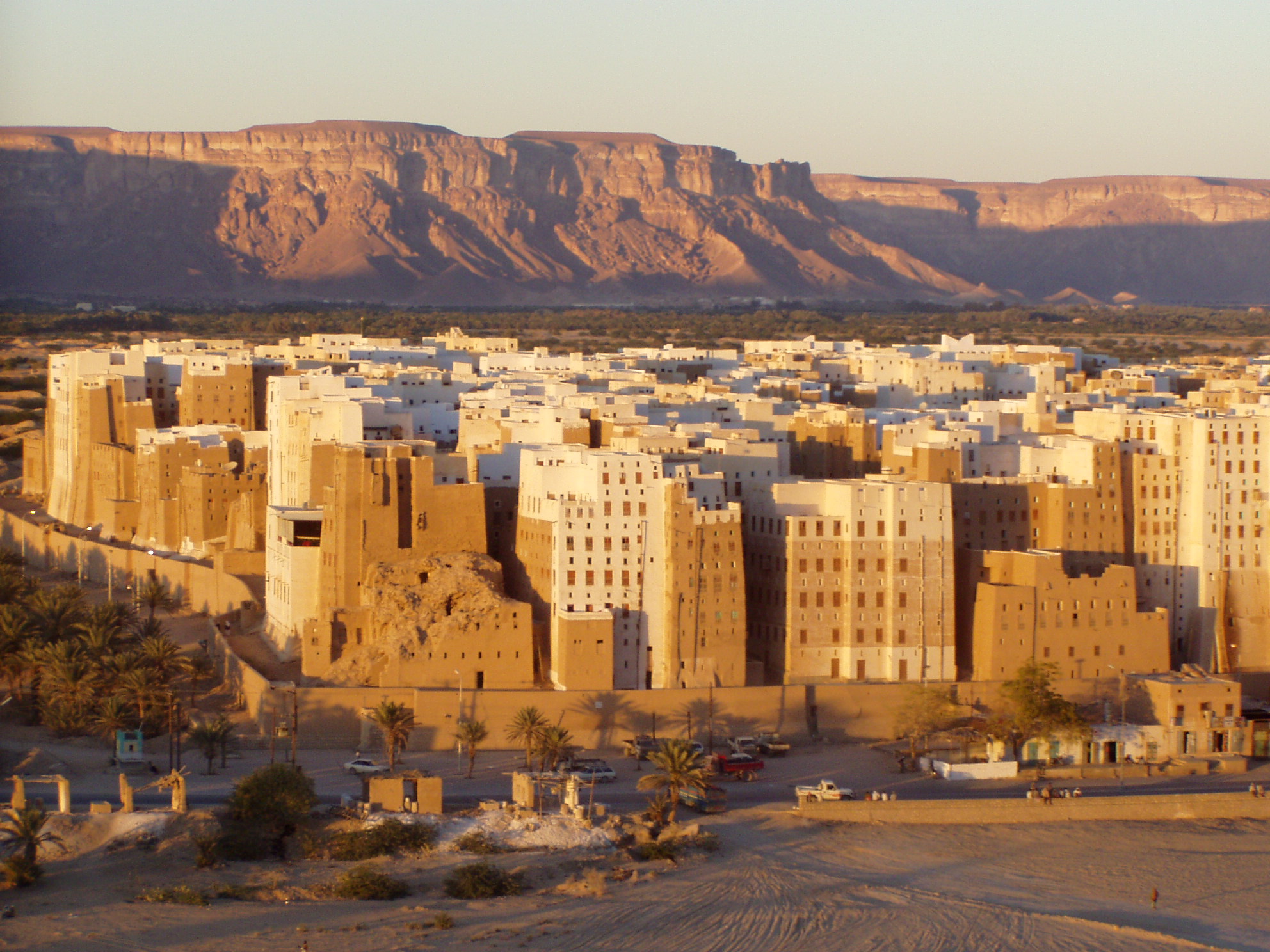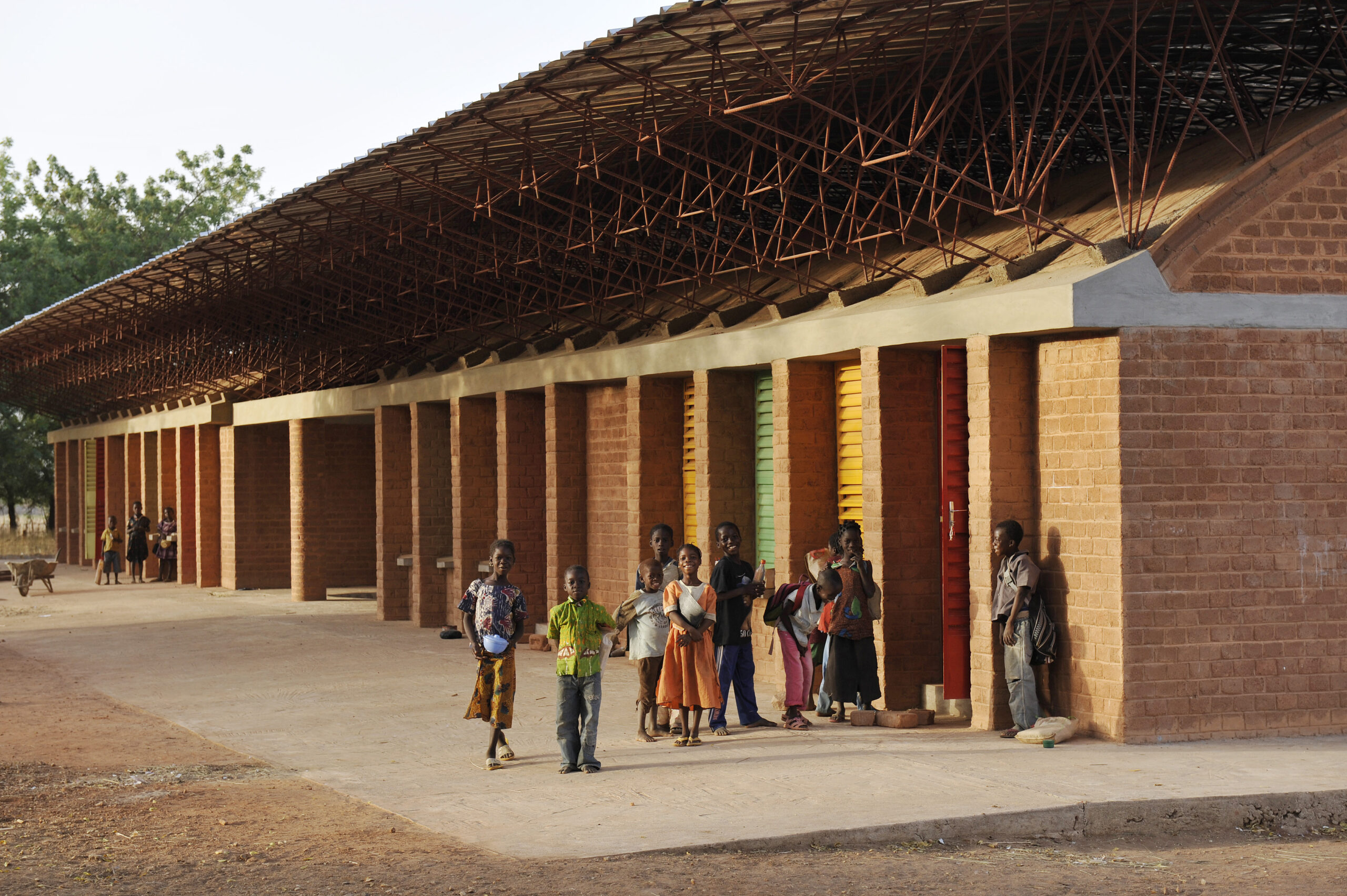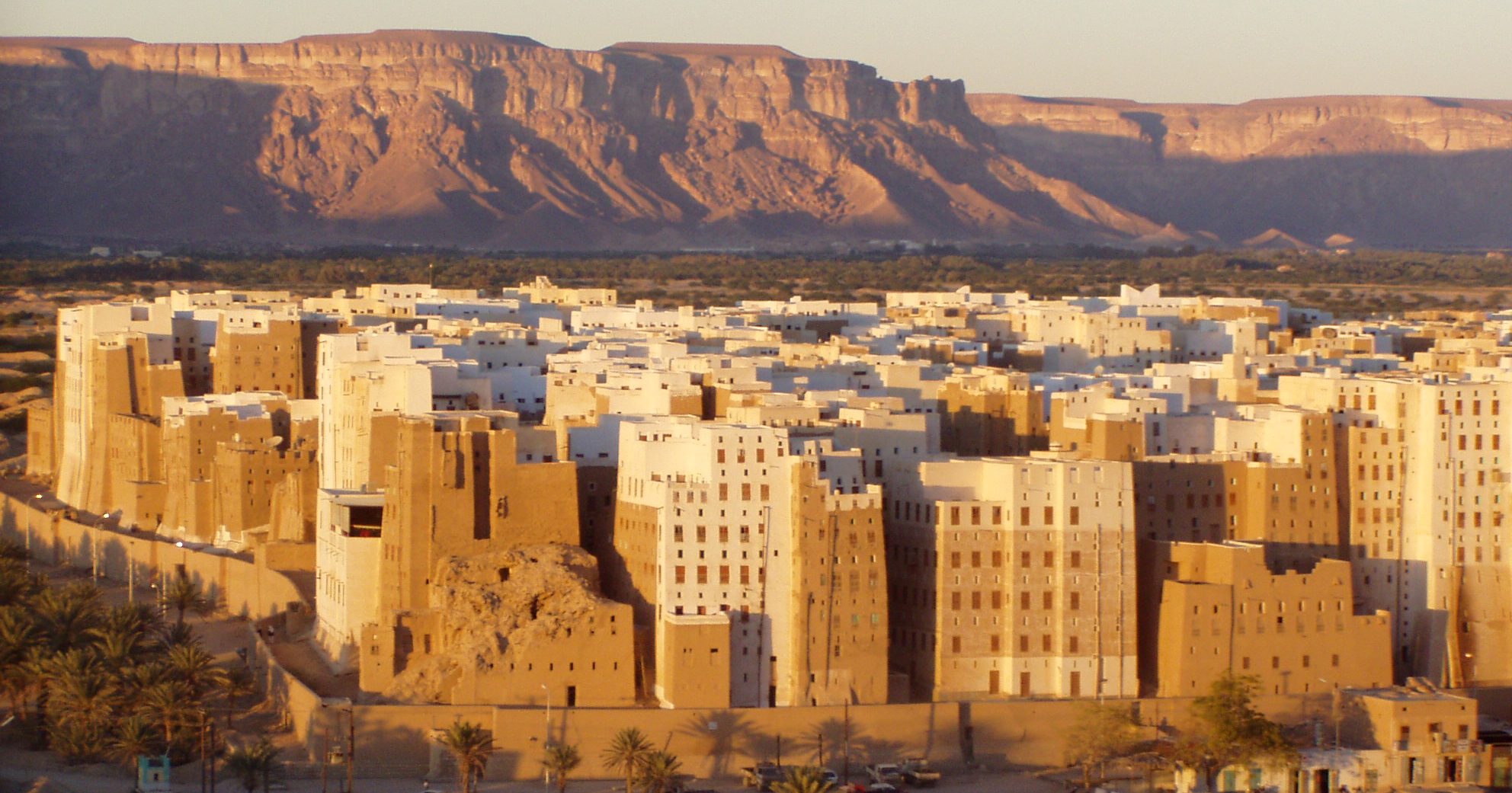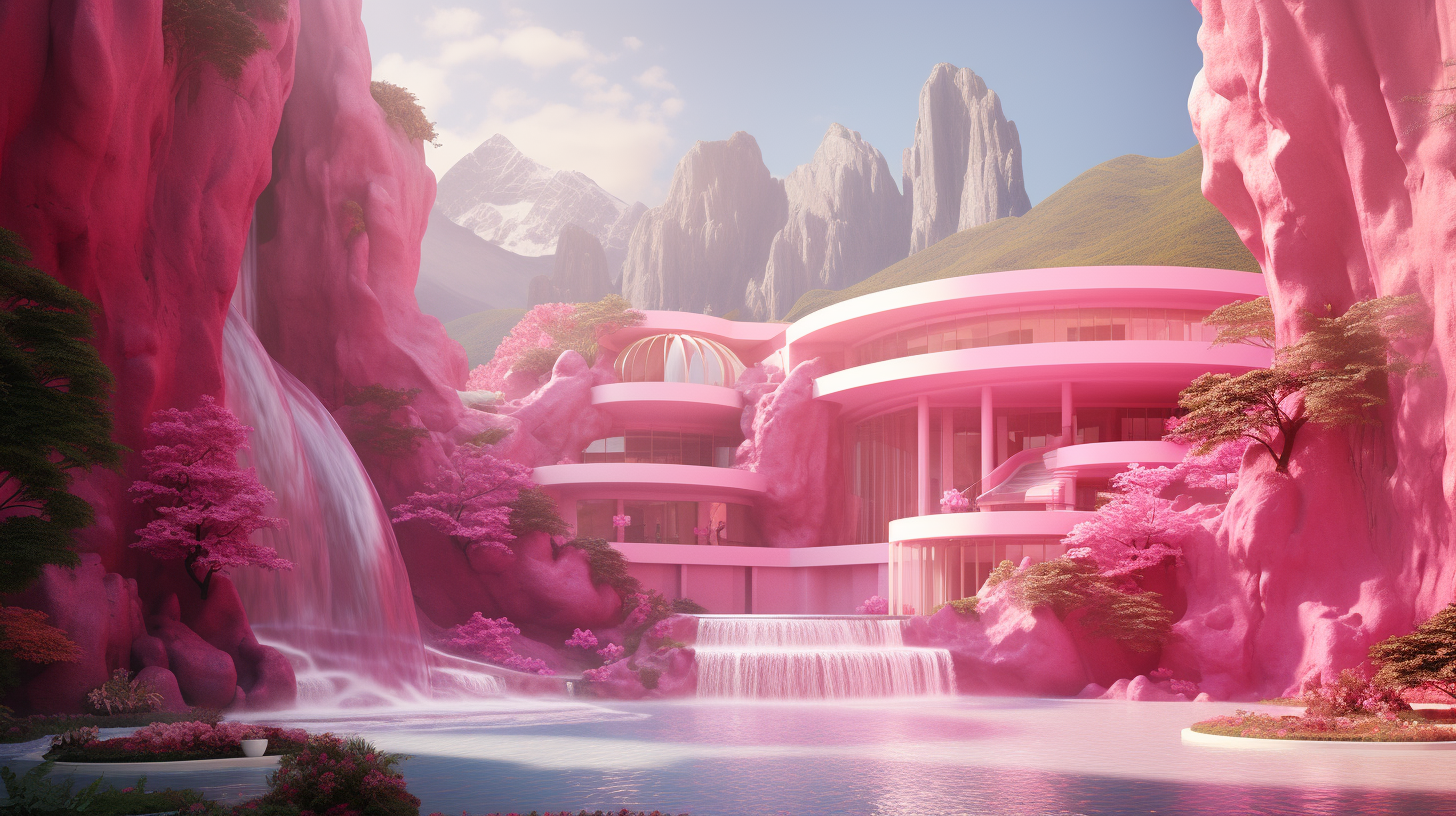This article was written by Carl Elefante. Architecture 2030’s mission is to rapidly transform the built environment from a major emitter of greenhouse gases to a central source of solutions to the climate crisis. For 20 years, the nonprofit has provided leadership and designed actions toward this shift and a healthy future for all.
A year after the UN climate summit relaunch in Glasgow, many participants departed COP27 in Sharm el Sheikh searching for a silver lining. For some, the bright spot was action taken toward climate justice. Although the 2015 Paris Agreement acknowledged that circumstances in developed and developing nations differ, by establishing the Loss and Damage Fund, COP27 reconfigured the international climate action framework.
The nations primarily responsible for carbon pollution are not the most vulnerable to its life-and-death consequences. Global peace and justice demand that polluting nations (largely in the “Global North”) clean up their mess and help protect others (largely in the “Global South”) from the havoc they are causing.
While nations in the Global South earnestly turn to the Global North for financial support, there is hesitation to look to the Global North for climate solutions. Too many fail to account for regional conditions and cultures.

Sana’a’s foundation dates back over 2,500 years; the city in Yemen is filled with tower-houses built of rammed earth (pisé). | Photo by: Antti Salonen, Old Sana’a, CC BY-SA 3.0
In the building sector, the mismatch between accepted Global North solutions and the needs of the Global South is pronounced. For a century, the Global North has exported its energy-consuming glass towers and concrete roadways regardless of climate zone or social structure. Still-favored Global North models are far from problem-free today, and opportunities for appropriate regional adaptation remain largely unexplored, neglecting knowledge that could benefit both the Global North and South.
For those in “advanced” countries, it can be difficult to appreciate that less-modernized cultures have ideas and know-how that are relevant and valuable today. The oldest cities, like Damascus and Cairo, have been inhabited for at least six thousand years. Until about 1800, with the rapid proliferation of fossil-fuel-driven, resource-hungry, technology-infatuated modern-era development, cities thrived without creating a global climate crisis, ecological collapse or systemic resource exhaustion.
Consider the contrast between preferred modern-era and traditional construction materials. Today, concrete is the dominant construction material in developed countries. Concrete production accounts for eight percent (8%) of annual global greenhouse gas emissions — a number greater than the annual national emissions of Canada, Germany, South Korea and Saudi Arabia combined. Concrete does not decompose and cannot be reshaped or recycled — only down-cycled from a high-value material (structural concrete) to a lower-value material (aggregate).

Nicknamed the Manhattan of the Desert,’ Shibam is a vertical city made of sun-dried mud brick tower houses that dates back to the 16th-century (Yemen). | Photo by Dan from Brussels, Europe, Shibam (2286380141), CC BY-SA 2.0
In contrast, about one-third of the world’s population (mostly in the Global South) lives in buildings constructed with air-dried, clay-based materials like adobe and cob. The clay, sand and straw used to make them are locally sourced and decompose after use. Methods are so basic that many clay-based buildings are constructed by the people who occupy them — no global supply chain required. Incorporating wood-supported floor decks allows multi-story structures like those in the Yemeni cities of Sanaa and Shibam. Faced with lime-plaster stuccos, clay-based buildings are weather tight and durable, their heavy thermal mass beneficial in both hot and cold climates.
Some contemporary architects are taking note. Schools designed by 2022 Pritzker Laureate Diébédo Francis Kéré for his home village of Gando, Burkina Faso, are constructed by villagers from clay brick.
Yet, Kéré’s buildings are unmistakably modern. For the first school, Kéré introduced a non-traditional vaulted ceiling. The building is shaded by an overhanging sheet metal canopy on trusses fabricated from bent steel rods. With louvered wall openings, the canopy and vault produce a passive ventilation system: hot air at the canopy draws cooler air through openings in the ceiling vault and louvered windows below.

Gando Primary School Extension uses vaulted ceilings to increase the school’s thermal comfort by allowing hot air to escape upwards through integrated ventilation gap. |GandoIT, Kéré Primary School Extension Gando, CC BY-SA 3.0
To better engage diverse cultural and heritage perspectives in UN climate and sustainable development activities, a coalition of cultural organizations formed the Climate Heritage Network (CHN) in 2019. CHN was launched following the publication of The Future of Our Pasts: Engaging Climate Heritage in Climate Action. Prepared by the International Council on Monuments and Sites (ICOMOS), The Future of Our Pasts provides a detailed roadmap for integrating cultural and heritage considerations into the UN Sustainable Development Goals (SDGs).
Compelling scientific evidence about the risk of climate change was first highlighted by the UN at the Rio Earth Summit in 1992. Carbon polluters in the Global North have not needed better science to act but greater resolve. Their inability to make sufficient progress for more than three decades has changed the international landscape. The Loss and Damage Fund adopted at COP27 acknowledges the responsibility of developed nations to act decisively and rapidly on behalf of all people.
Culture and heritage advocates such as CHN believe it must also begin a period of profound awakening in the Global North. Ideas that brought progress in the modern era have ossified into biases that are inhibiting the fresh thinking necessary to overcome the climate emergency. For those of us in the building sector, words written by Jane Jacobs ring loud and clear: “Cities have the capability of providing something for everybody, only because, and only when, they are created by everybody.” Her wisdom is most urgently needed for global climate solutions.
Carl Elefante, FAIA, FAPT, is a Senior Fellow with Architecture 2030 and Principal Emeritus with Quinn Evans Architects. Known for coining the phrase: “The greenest building is one that is already built,” Elefante writes and lectures nationally on historic preservation and sustainable design topics. Carl serves on the International Steering Committee of the Climate Heritage Network. In 2018, Carl served as the 94th President of the American Institute of Architects (AIA). He is a Fellow of the AIA and the Association for Preservation Technology (APT).









